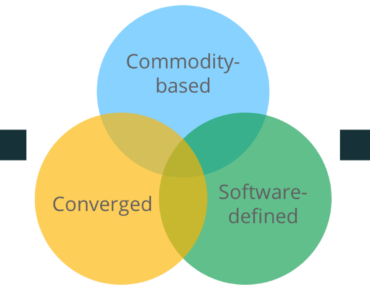HPE Expands Hyperconverged Portfolio with Plexxi Deal

Hewlett Packard Enterprise is broadening its software-defined infrastructure offerings with its acquisition of hyperconverged networking specialist Plexxi.
Concurrently, Plexxi released a new version of its networking tool for software-defined datacenters designed to boost server and storage utilization.
HPE did not disclose terms of its deal for Plexxi but did say Tuesday (May 15) it expects to close the acquisition by the end of its fiscal third quarter ending on July 31.
The company added that its latest acquisition builds on last year’s addition of Simplivity Corp.,which it acquired in January 2017 for $650 million. HPE (NYSE: HPE) said it would combine Simlivity’s hyperconverged platform with Plexxi’s, which combines computing, storage and data fabric networking.
HPE said the acquisition also would extend its mix-and-match, or composable, infrastructure offerings marketed under the HPE Synergy brand. The composable approach allows users to adjust storage and computing resources based on demand.
“We will deliver a composable rack solution that will seamlessly extend our composable fabric to a broader set of use cases across the datacenter,” HPE said in announcing the acquisition.
Plexxi, Nashua, N.H., was founded in 2010 and focuses its software-defined data fabric on datacenter modernization, particularly hybrid cloud deployments.
Separately, Plexxi rolled out new versions of its hyperconverged networking platform that includes software and control suites. The combination is based on the company’s patented “intent-based networking” technology along with VMware (NYSE: VMW)
interoperability.
The patented technology also allocates computing and storage resources to comply with workload service-level agreements. The approach eliminates the need to “deploy and manually manage multiple physical networks to deploy multiple workloads with conflicting network demands,” the company said.
VMware interoperability and native control of datacenter fabric switches are also designed to allow datacenter administrators to deploy different cloud applications directly from VMware’s vCenter application manager. The goal is to allocate the required network bandwidth and low latency, the company said.
Related
George Leopold has written about science and technology for more than 30 years, focusing on electronics and aerospace technology. He previously served as executive editor of Electronic Engineering Times. Leopold is the author of "Calculated Risk: The Supersonic Life and Times of Gus Grissom" (Purdue University Press, 2016).










